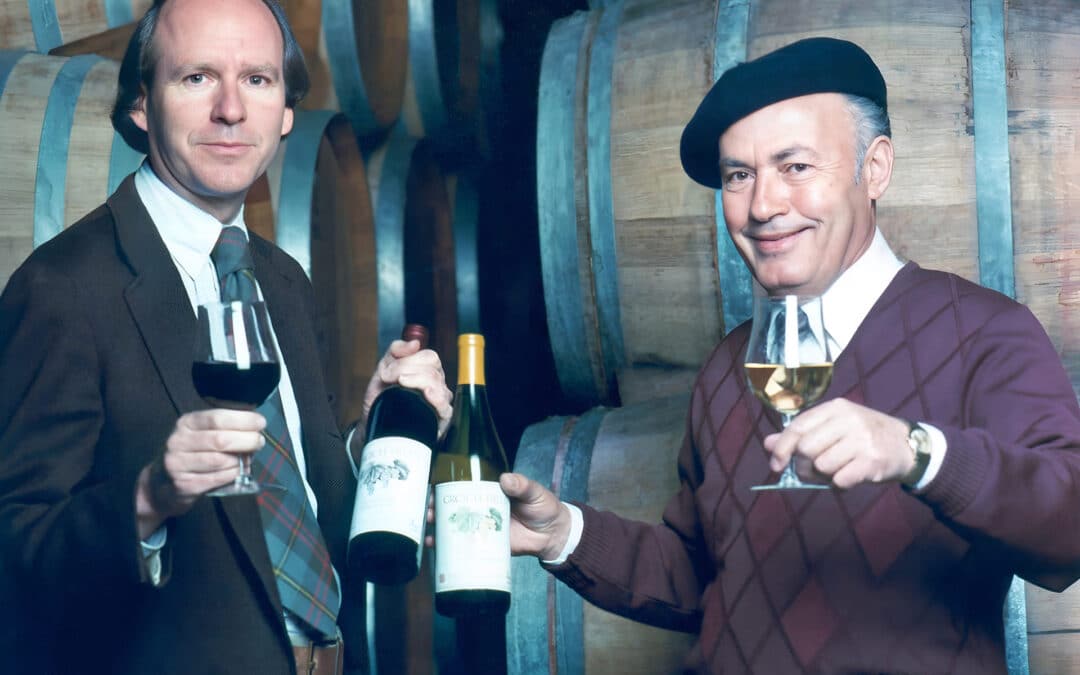A Life Full of Miracles (pt 3)
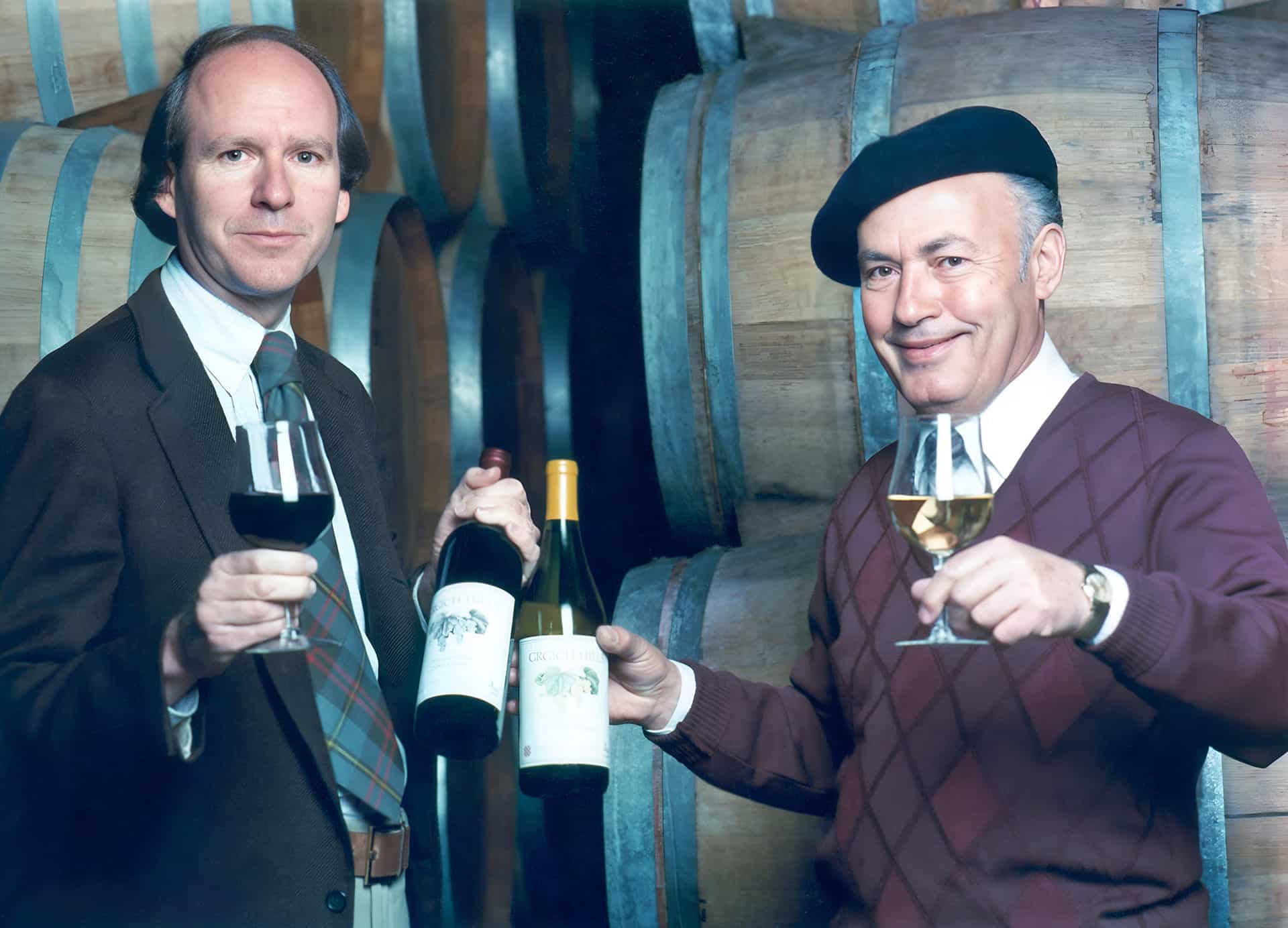
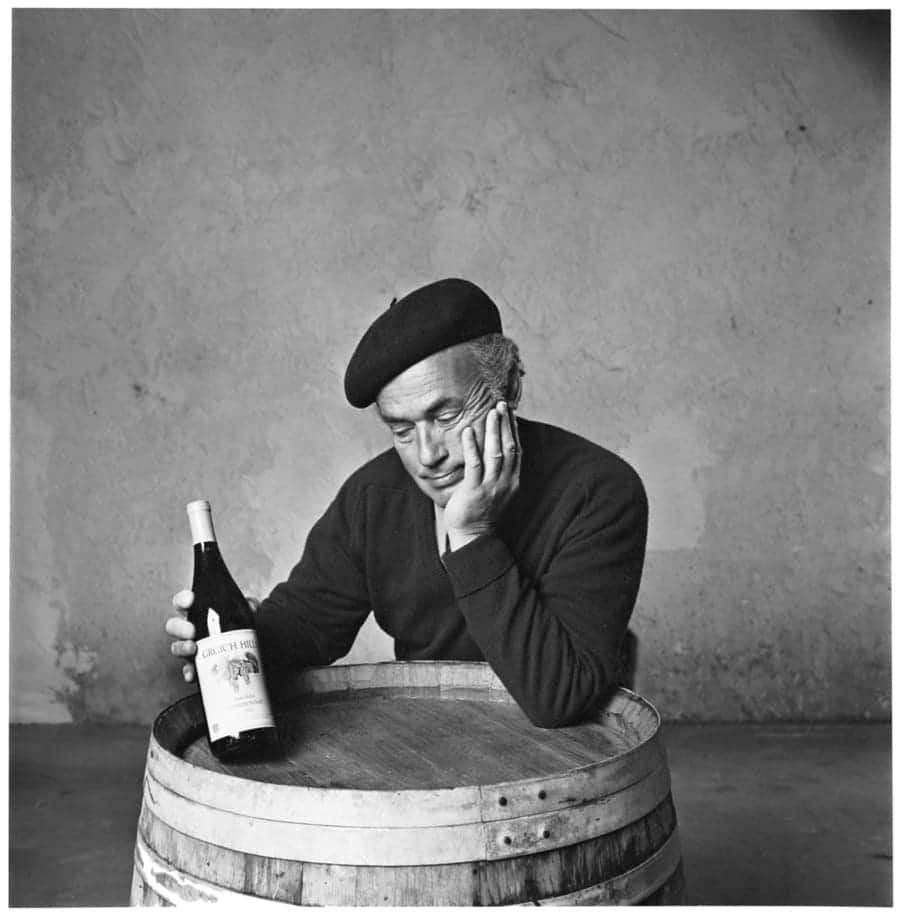
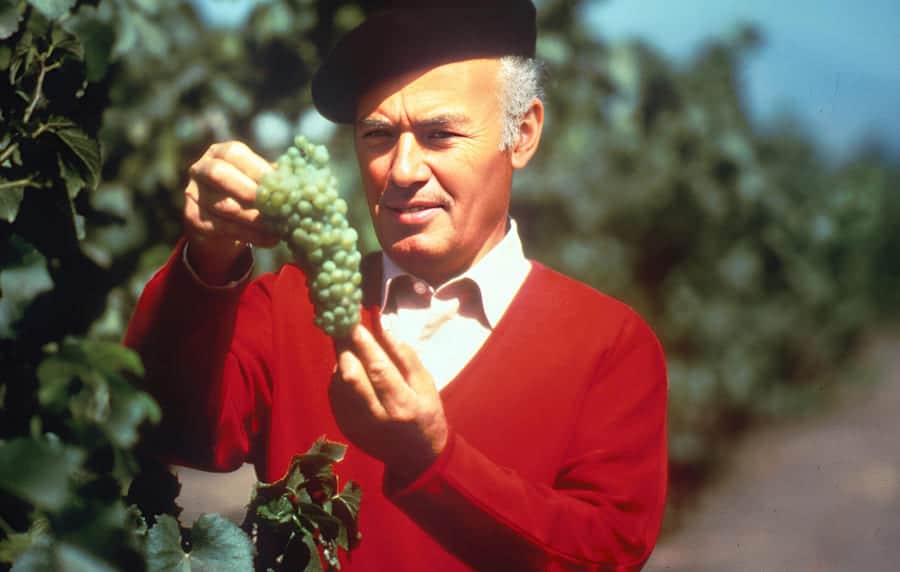
An audience with a man with such a repute was sure to steer Mike in a good direction. The pair had common ground after all – both had fled political turmoil in their home countries and found their freedom in the world of wine. The camaraderie Mike felt was only strengthened when he went to greet Tchelistcheff in broken English, and the man responded in near-perfect Croatian.
They soon found that they shared similar methodologies when it came to winemaking. Both put heavy emphasis on sanitation and were incredibly detail-oriented in all aspects of their artistry. So, it came as no surprise when Andre offered Mike a job working under him at Beaulieu Vineyards, which he graciously accepted.
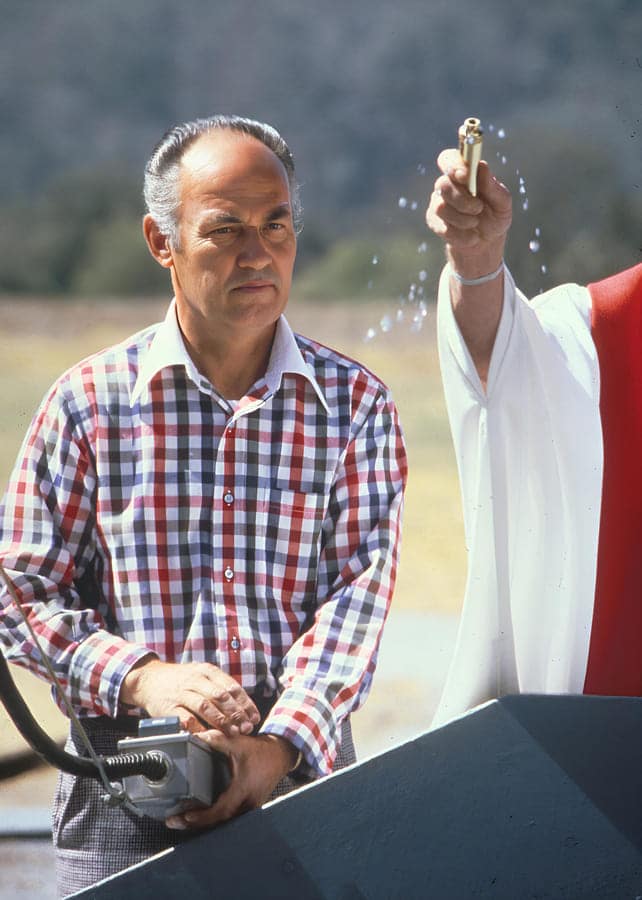
This duo was not quite as harmonious in their partnership as Mike had been with Andre; they followed rather different approaches in winemaking. Mike was slow and methodical, while Robert was far more dynamic and gregarious, pushing forth new ideas faster than Mike could organize them. Still, they complemented each other, Mike providing the traditional, old-world winemaking style to serve as a backbone for Robert’s endless innovation.
As Mike reached his fourth year of employment for Robert Mondavi, he had achieved the crux of his dream: making a name and establishing himself in the Napa Valley, his personal paradise. However, something was still missing. He longed to own a piece of this world that he had devoted himself to, something that Mondavi could not offer him. So, when he was offered shares of ownership to start an entirely new winery with Jim Barrett, he felt he could not refuse.
Almost overnight, the winery and the whole of Napa Valley became a sensation. At this point in time, Napa was still mostly unknown and certainly dwarfed by the centuries of winemaking legacy in France. With Chateau Montelena’s victory in the white wine category, along with the triumph of fellow Napa Valley winery Stag’s Leap in the red wine category, the reputation of California as an up-and-comer in the world of wine was established. As the winemaker responsible for the creation of the Chardonnay that shattered the myth of French wine supremacy, Mike received no shortage of employment offers. Having tasted the freedom of creating his own wines exactly how he wanted however, he was certain that he did not want to go back to creating wines for anyone else. There was only one proposal that piqued his interest.

Austin Hills was not offering Mike a job as winemaker, but was in search of a partner in the creation of an entirely new winery. Mike knew instantly that this would be his next and final move in the wine industry. With a 50/50 partnership between the Grgich and Hills families set in stone, a location in Rutherford selected and purchased, and sixty tons of purchased grapes for the inaugural vintage on their way, Grgich Hills was finally born. This new winery was the culmination of Mike’s dream, of his decades of labor, devotion, and hope. Grgich Hills is a testament to Mike’s legacy, and the incredible impact he had in shaping the world of wine as we know it today.
What happened next? Read about Grgich Hills Winery’s founding here.

